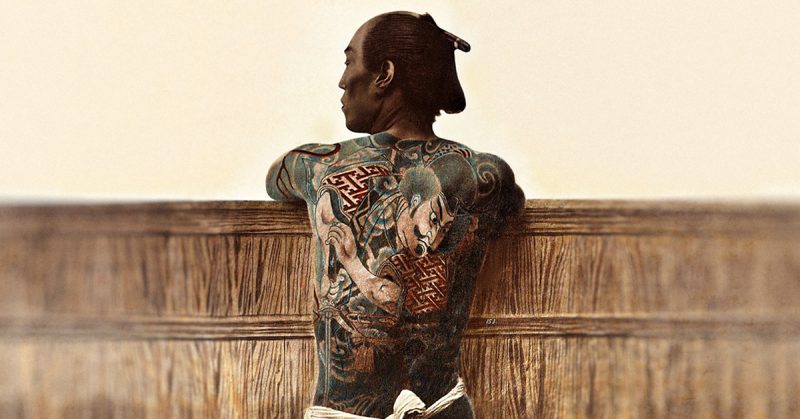The Yakuza are Japan’s long-standing criminal network. They’ve been in existence for 400 years and have instilled fear and respect among the population.
But are they more than a bunch of ruthless criminals? The truth has a habit of being more complex than first thought. They’ve blighted the country’s history, according to some. Others believe they are a foundation stone of modern society, for better or worse.
The organization started in the early 17th century, apparently born from necessity. Yakuza have their origins in the Burakumin. These lower classes had it tough in the hierarchy of Japanese culture. In a place where even a name was a luxury, they were shunned and made to live in isolation.
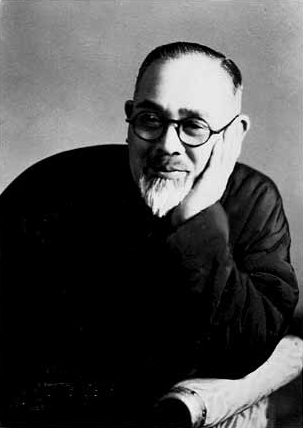
Why? The website All That’s Interesting writes, “The Burakumin were the executioners, the butchers, the undertakers, and the leather workers. They were those who worked with death – men who, in Buddhist and Shinto society, were considered unclean.”
So in order to survive, certain outcasts banded together and the Yakuza took shape. In addition to financial gain, they offered belonging, a sense of family. Mail Online explains that “Gangs are headed by an ‘oyabun’ or ‘kumicho’, which translates as ‘foster parent’ and ‘family head’, who give orders to their fiercely loyal ‘kobun’ — or ‘foster children’.”
Being welcomed into the fearsome clan requires adjustment, not least having elaborate tattoos, or “ irezumi,” applied to the whole body.
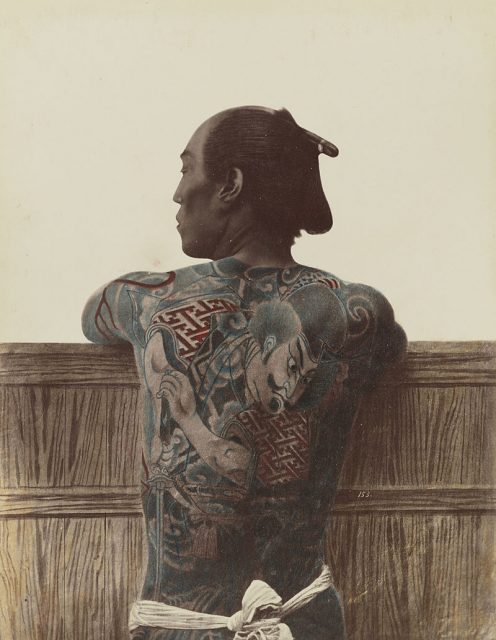
Another noticeable feature about members is that fingers from the left hand may be missing. A Yakuza who shames his boss has to sever the tip of a digit. This symbolic punishment affects the man’s ability to hold a sword, or a gun.
And it isn’t an entirely male domain. The Mail refers to “the few women in their ranks” who “are known as ‘ane-san’ – or ‘older sister’.”
Joining the Yakuza is not a licence to break the law. The groups operate under an honor code known as “ninkyo,” which respects their humble origins and provides help to those in need. For example, Yakuza arrived to help in the aftermath of the 2011 Tōhoku region earthquake and tsunami. Their response was reportedly faster than the government’s.
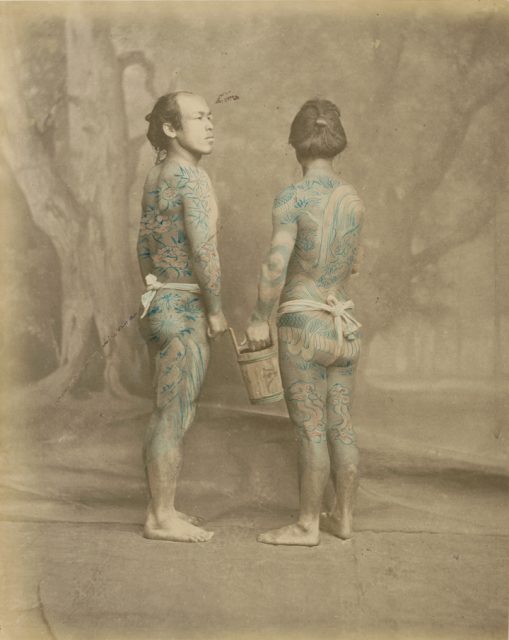
The idea of Yakuza reaching out to the disadvantaged has been around for centuries. As an article from the Los Angeles Times in 1996 states, there is a “romantic image of yakuza as wandering gamblers who helped the weak and punished the strong. After World War II, a popular genre of yakuza films perpetuated the Robin Hood theme.”
The same article estimates the number of Yakuza at 80,000. Over 20 years on, the figure is said to stand at 100,000. However, by some accounts Yakuza membership has declined in recent years, owing to economic and other factors.
It’s believed this is connected to the gangs’ increased sense of legitimacy, leading to government crackdowns. Yakuza staples of extortion, drugs, prostitution and the like became mixed up with the high fliers of the property market. The closer they got to white collar crime, the more of a priority they seemed to be for the authorities.
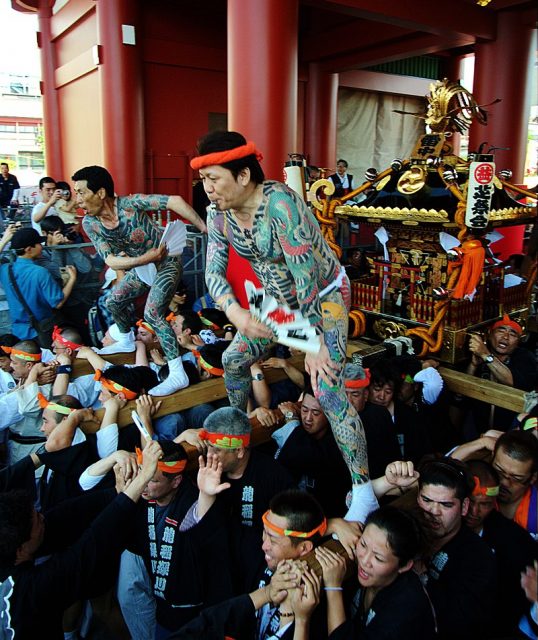
Their methods didn’t change, but their associations did. In the 1980s, Yakuza began working in partnership with real estate agents. They despatched “jigeya” to deal with inconveniences such as problem tenants. From there development began happening a whole lot quicker!
The LA Times reports that greater scrutiny occurred following the “dangerous financial mess caused by banks making as much as $800 billion in bad loans — loans backed by over-priced real estate during the “bubble economy” fervor of the late 1980s. When land prices collapsed, the collateral’s worth dropped to less than half the amount of the loans.”
At the forefront of this activity were the Yakuza. Despite knowingly being in bed with corrupt institutions, the experience proved an eye-opener for them.
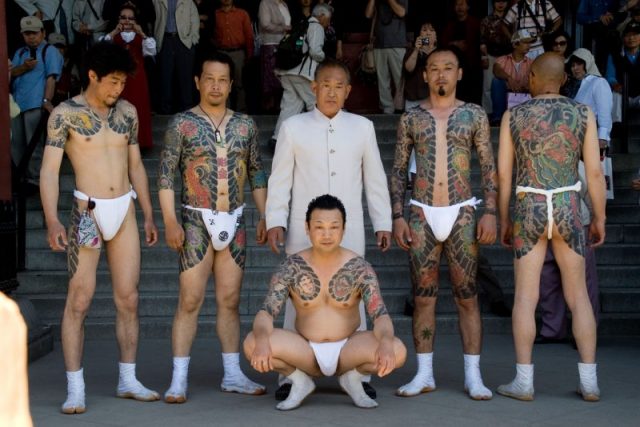
Former head of the National Police Agency’s anti-yakuza division Raisuke Miyawaki, is quoted as saying, “The yakuza were astounded to find out that the banks were more outrageous than themselves.”
In 2009 a hardened attitude to Yakuza activity took its toll on the gangs, though authorities haven’t always held the network at arm’s length.
According to All That’s Interesting, “The Japanese government has called on them for help in certain military operations (though the details remain hazy) and, in 1960, when President Eisenhower visited Japan, the government had him flanked by scores of Yakuza bodyguards.”
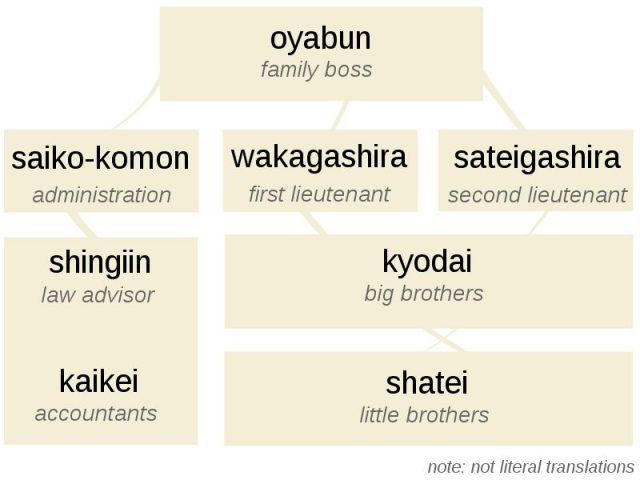
Japan’s rulers were content to rely on the undesirables when it suited them, leading to a truly conflicted picture. In 2017 the Washington Post claimed “For a long time, the goal of the Japanese government has not been the elimination of the yakuza but rather keeping the same 22 organized-crime groups under control and out of sight. It’s all about ‘balance.’”
This close contact with government has led to an intense debate over the Yakuza’s contribution to Japan’s national make-up. It’s argued without them cities wouldn’t have evolved the way they did. Also the “Robin Hood” concept seems to speak highly in their favor.
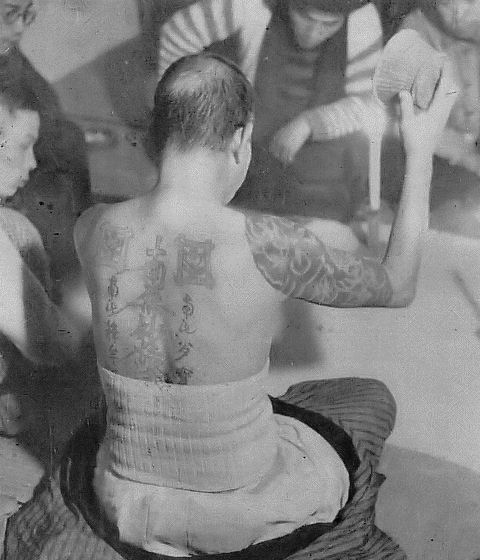
Adding to this idea of the culture being misunderstood are American movies, which all too often depict a Western character falling foul of a mysterious land and its people. This year Netflix movie The Outsider (starring Jared Leto) was criticized over what was seen as a backward presentation of West meets East.
The Guardian wrote that “These films give lip service to a faux reverence for their subjects, but then reduce them to a collection of signifiers and monolithic character types before placing them in a position of inferiority to the white interloper… the story ends with an elite corps of Asian assassins bowing to the former frontman for 30 Seconds to Mars.”
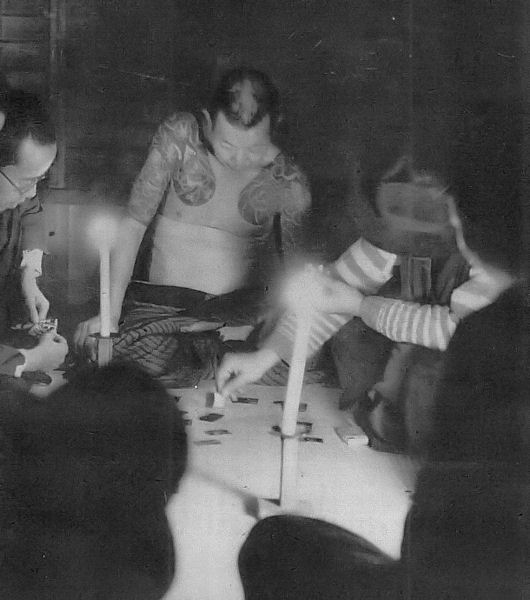
On the flipside of this injustice are the countless cases of killings and exploitation carried out by the Yakuza over the centuries.
The Post takes the view that “As they go underground, they become more vicious. They are not really vanishing but they are less visible… In Japan, where hiding a problem is often considered as good or better than actually solving it, the yakuza are certainly harder to spot these days. For the yakuza, that’s a victory.”
As far as outsiders go, Belgian photographer Anton Kuster is in the top rank. He slowly gained the trust of the Yakuza, who eventually allowed him to take pictures of their intensely secret inner world.
Read another story from us: The Ghastly Samurai Practice of Sword Testing
Speaking to Mail Online, his opinion is that they have trodden “the fine line of doing both good and bad,” and “have carved a path for themselves that is so intertwined with Japan as a country, that projections sometimes describe a society without Yakuza to be worse than with.”
The Yakuza may be criminals guilty of terrible acts. Yet in a strict culture dictated by respect and status, maybe that isn’t always a bad thing.
